ExoMars 2016: getting close to landing!
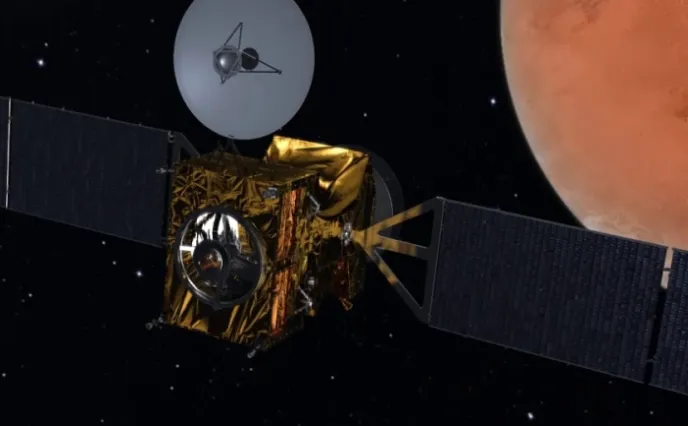
The delicate art of planetary landing
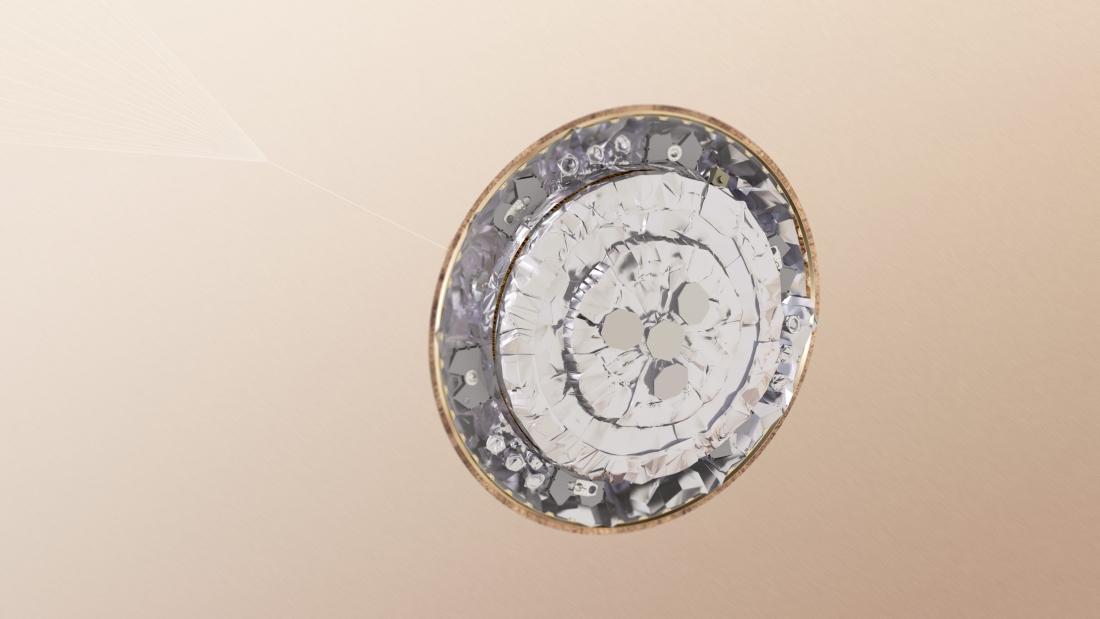
The last 6 minutes
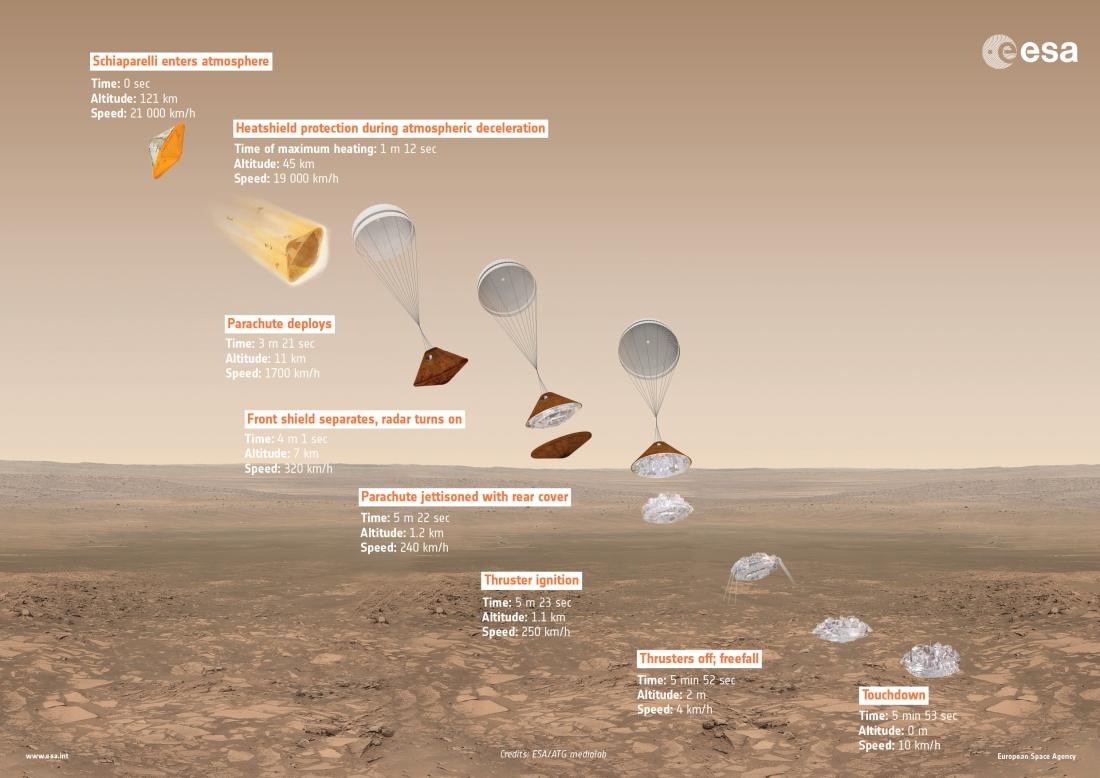
0: The orbiter enters the Martian atmosphere at an altitude of about 121 kilometers and a speed of 21,000 km/h.
1 min 12 sec: The descent continues, as the 600-kg Schiaparelli module reaches a top speed of 19,000 km/h. The outside temperature hits about 1,750°C, but the heat shield protects the vital instruments inside. Altitude: 45 kilometers.
3 min 21 sec: The parachute is deployed, reducing the speed to about 1,700 km/h. We’re 11 km over terra firma… Martian style!
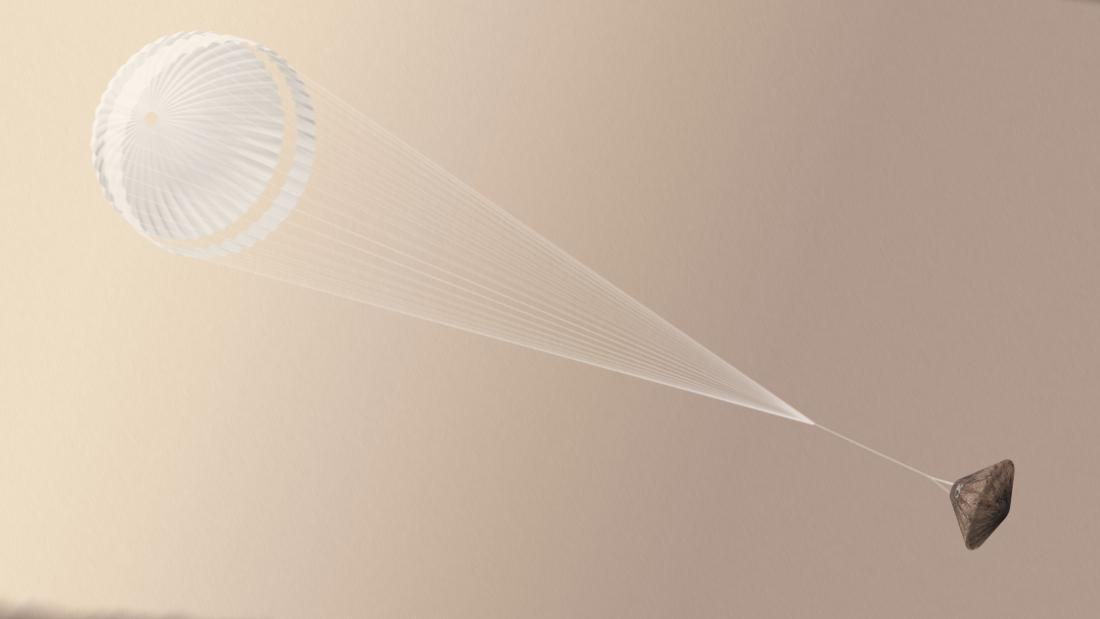
4 min 1 sec: The forward shield is jettisoned, allowing the Doppler radar altimeter to get the Red Planet in view. We’re getting closer, only 7 more kilometers to go. And the speed has really dropped in the last three minutes, to an estimated 320 km/h.
5 min 22 sec: Watch out, we’re almost there. The speed has decreased further, to 240 km/h. Just a few seconds to go until our controlled landing, which has to be as soft as possible. The aft (upper) shield is jettisoned, along with the parachute. After a headlong dash of nearly 500 million kilometers, only 1.2 kilometers to go!
5 min 23 sec: A second later, with no more parachute to slow the fall, the module is at an altitude of 1.1 km and speed has increased a bit to 250 km/h. The retrorockets – nine hydrazine thrusters – are ignited, and along with guidance, control and navigation sensors, they ensure a carefully controlled final descent.
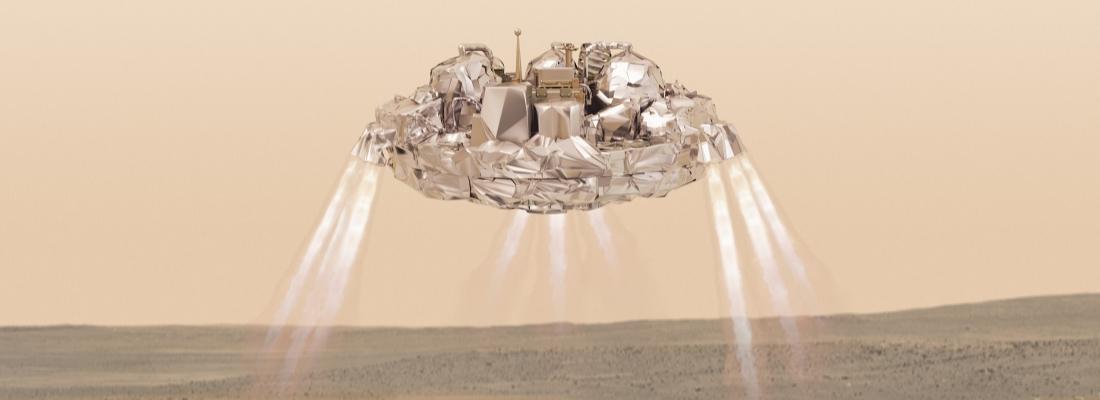
5 min 52 sec: Schiaparelli is just 2 meters above the planet’s surface, at a speed of 4 to 7 km/h. The retrorockets are shut down.
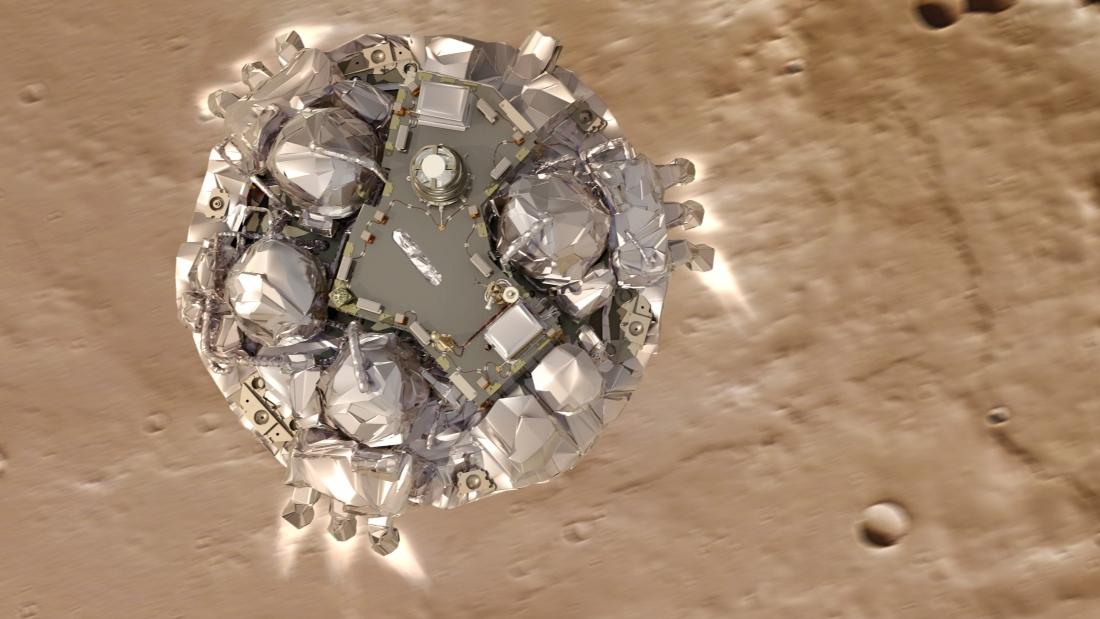
5 min 53 sec: A second later, the demonstrator lands, under the force of gravity alone. Its impact with Mars is cushioned by a crushable honeycomb structure that protects it. Schiaparelli has landed on Mars!
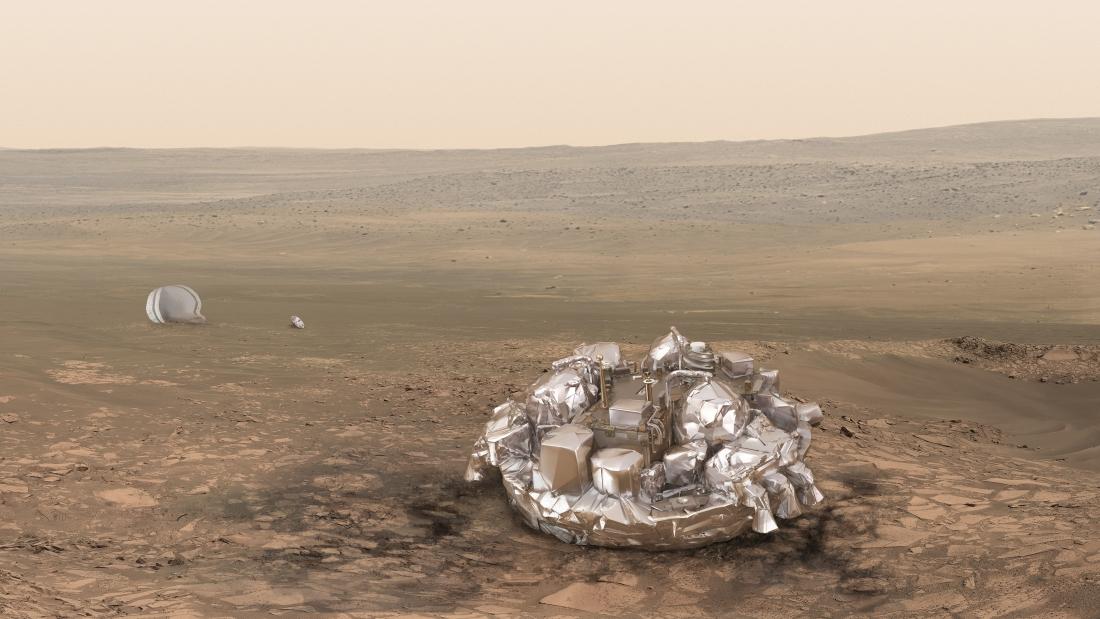
This is not science fiction, but the scenario for the last act of the ExoMars 2016 mission. Everybody, from space agencies and industry to space and technology enthusiasts, is impatiently awaiting the high point of the unprecedented European mission.
Post ExoMars 2016
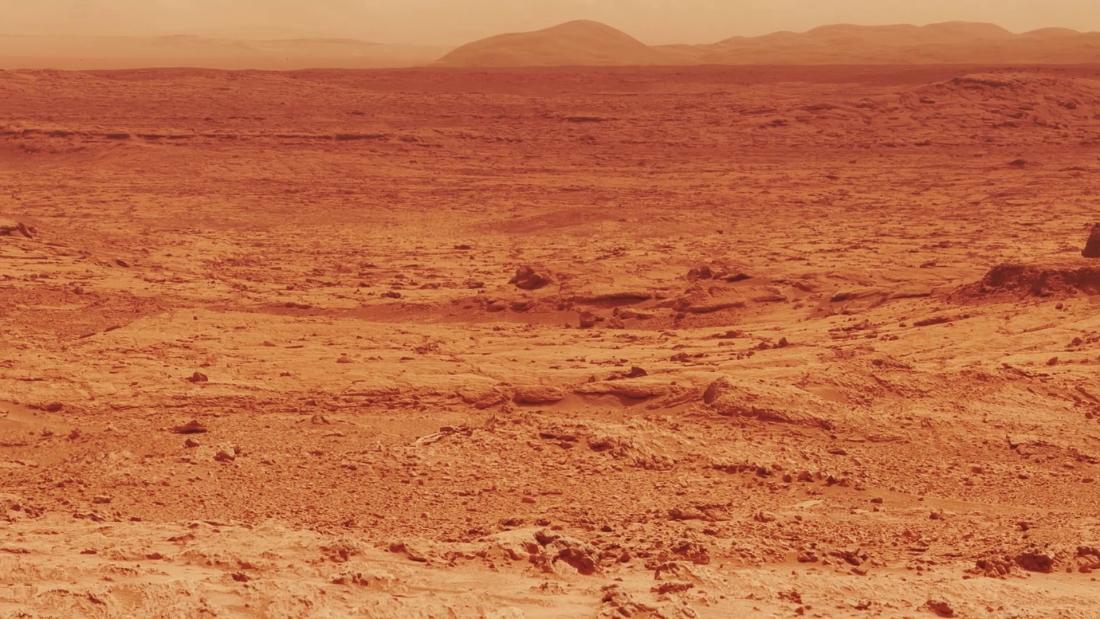
Follow the latest Martian Chronicles on Thales Alenia Space’s social network accounts!
Copyrights:
First and last images: © Thales Alenia Space/Master Image Programmes
All other images: © ESA/ATG medialab

